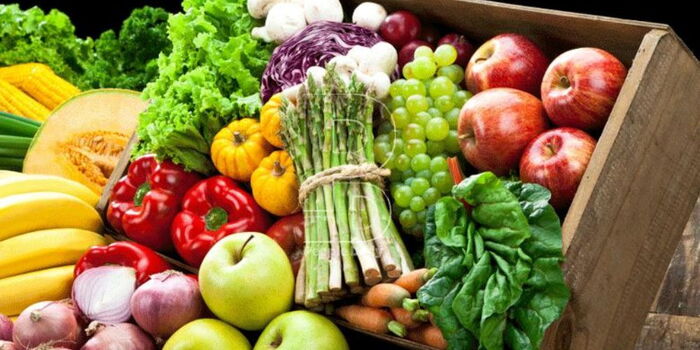Food and Electricity Costs Set to Rise as Inflation Reaches 8-Month High in Kenya
Kenyans should prepare for a fresh wave of price increases on basic goods and services as inflation reaches its highest level in eight months.
Essential items like maize, potatoes, and green vegetables are expected to become more expensive in May, as the latest inflation figures show a continued rise.
According to data from the Kenya National Bureau of Statistics (KNBS), inflation surged in April due to reduced availability of key food products in the market.
The limited supply has pushed up the cost of living, particularly affecting food, transport, housing, water, electricity, and cooking gas.
Despite the recent fuel price reduction announced by the Energy and Petroleum Regulatory Authority (EPRA), transport costs are expected to remain high. In fact, fares for long-distance travel, such as from Nairobi to Malindi, will increase by 22.2 percent.
This means that even with lower prices for super petrol, diesel, and kerosene — now at Ksh174.63, Ksh164.86, and Ksh148.99 respectively — public transport users will not see any relief in bus or matatu fares.
EPRA’s adjustment reflected a small drop of Ksh1.95 for petrol, Ksh2.20 for diesel, and Ksh2.40 for kerosene per litre.
The cost of electricity is also expected to rise. Households using 50 kilowatt-hours of power will pay 3.8 percent more than before. Meanwhile, refilling a 13-kilogram cooking gas cylinder will cost 0.3 percent more.
In the food sector, prices are steadily climbing. A kilogram of potatoes will now cost 4.0 percent more, maize prices will go up by 2.9 percent, fortified maize flour by 2.6 percent, and sugar by 0.7 percent.
Beef prices per kilogram will see a slight increase of 0.3 percent, while tomatoes — a staple in many Kenyan households — will rise by 1.2 percent.
Interestingly, not all food items will become more expensive. The price of wheat flour will drop by 2.2 percent. Additionally, some commonly consumed vegetables will become cheaper: spinach prices will fall by 2.3 percent, kale by 2.3 percent, and cabbage by 4.0 percent.
Overall, consumer prices rose by 4.1 percent compared to April last year, slightly below the Monetary Policy Committee’s forecast of 4.2 percent. This figure is higher than the 3.6 percent year-on-year increase recorded in March.
On a month-to-month basis, the inflation rate for April stood at 0.3 percent, according to KNBS.
Although inflation has been gradually increasing since hitting a low of 2.7 percent in October last year, it still remains within the Central Bank of Kenya’s target range of 2.5 to 7.5 percent.
The continued rise in inflation highlights the economic pressure facing ordinary Kenyans, especially in urban areas where the cost of living is already high.
With prices going up across many sectors, families will have to dig deeper into their pockets to afford basic needs in the coming months.
Join Our Political Forum official 2025 WhatsApp Channel To Stay Updated On time https://whatsapp.com/channel/0029VaWT5gSGufImU8R0DO30


